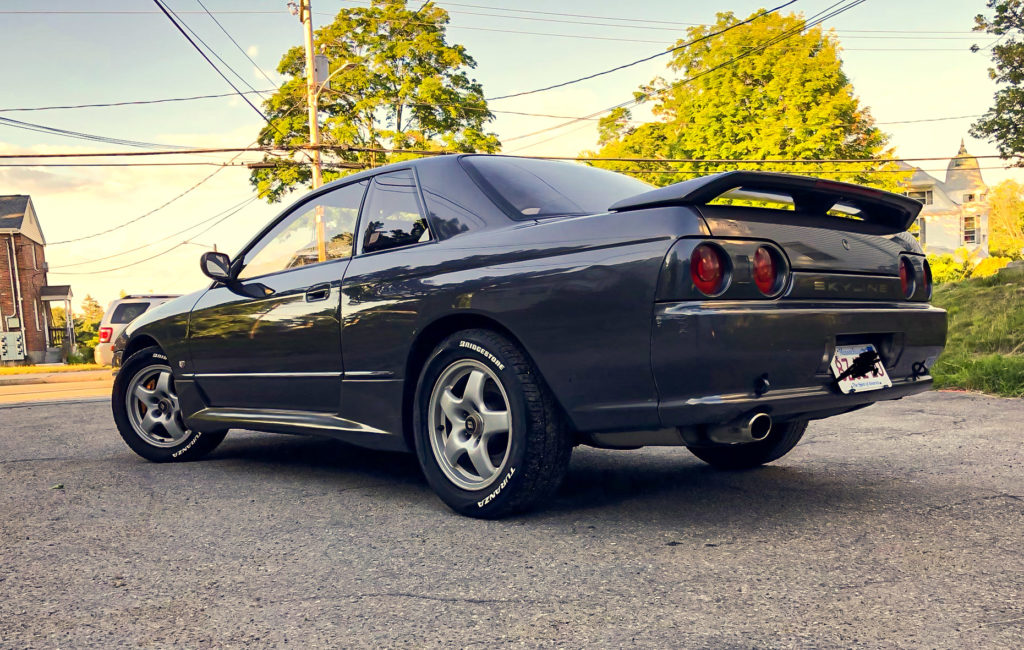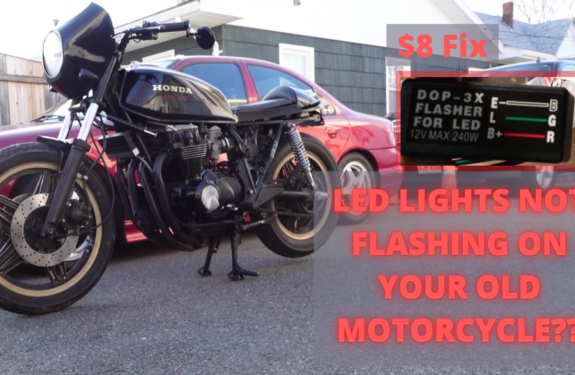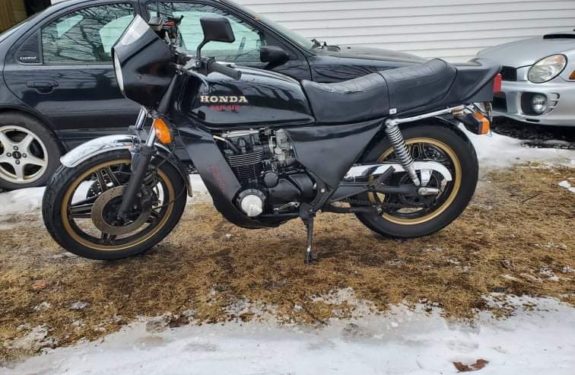Importing your dream car from Japan may seem like an extremely difficult task, which only Registered Importers can do. But this is not the case. I imported my first car into the US four years ago. I bought my 1992 Nissan Skyline GTS-T and was able to save tons of money by doing it myself. Here I will show you exactly how easy it is to import a car from Japan.
Luckily, there are plenty of people overseas that can help facilitate all of this. Today I will discuss the process of how to import a car using Pacific Coast JDM.
Step 1: Find a Car and an Exporter in Japan.
This is probably the most important step, before importing your car, you need to find someone in Japan who is reputable and trustworthy. They will guide you through the process it takes to buy a car, and set you up with access to their auctions. They can quote you the estimated shipping and all of the costs associated with exporting/importing into the States. ONLY CARS 25 YEARS OR OLDER CAN BE IMPORTED INTO THE US (with some exceptions).
I chose to use Pacific Coast Auto, these guys were excellent to deal with, and set me up with access to all of the auctions. They will have all of the info on how to browse the auctions on their site.
Once you find that this is the route you want to take, you will need to set up an account with a currency exchange platform, (payline by ice) in order to bid on cars. The rest is just as easy as setting your budget and telling your exporter how much to bid and where to bid. The auctions will take place while you sleep if you are in the US. Let’s import your car!
Step 2: After Winning the Auction..
Once you win the car of your dreams in auction, its time to give your shipping preferences to your exporter, they will take care of obtaining the export certificate (this will become your “title” once in the US). The Export Certificate is usually mailed to you separately from the car and will show the transfer of ownership from the previous owner to you, the new buyer.
You will be presented with the shipping options and costs, as well as insurance for the shipment, I chose to have my last car imported in a RoRo Container which was about $1000. You will also have to choose which port to have the car shipped to.
These steps are mostly correspondence back and forth, it is not as complicated as it might seem, the more challenging part will be when the car arrives at the port in the US.
Step 3: Finding a (Customs) Broker
This is the person who will help you get the car out of the dock and out of customs when you import it into the US. Most exporters in Japan already have contacts which they have worked with in the past. Pacific coast Auto has great contacts with brokers in the US (if you choose to use them). However, if you have your own by all means use them.
This step is all about signing documents and power of attorneys, giving the brokers the power to sign customs paperwork on your behalf. For the most part they will take care of most of the heavy lifting, as well as sending you a packet with the paperwork needed to free your car from customs. You will also pay them for the duties and the fees incurred while at the port (Usually taxes, docking fees, broker fees, etc.).
Be sure to keep up on all your correspondence and phone calls as most of these documents are very time sensitive! Your broker will be able to do everything remotely to assist you. You will need to follow the documents they give you and bring them to the port with you when picking your car up.
Step 4: Go pick up your car!
You will receive an estimated arrival date for your car, and you will be able to track the vessel which the car is on throughout its trip. It will take a couple months to arrive to the US depending on when it ships out of Japan and other delays could also affect this as well.
However, once the car lands in the States, you will have to either drive over to the port or set up pickup with company of your choice to pick your car up for you. I chose to drive. Many small issues and paperwork problems may arise when you go pick up your car so it is always good to have your broker handy on call just in case they need to email some documents to the port for them to release your car. Always call the port ahead of pickup as well! This way you can assure there will be no problems and pick a good pickup time.
*Please research as some states require US Customs and Border Protection to Stamp your documents! Failing to do this will result in denial of your registration and you might end up having to go back to customs to get your paperwork stamped.
Once done, you now know how to import a car!

Step 5: (The hardest Step) Registering your car legally at the DMV.
This step differs greatly by state. So for this specific one applies to Massachusetts, but can apply to other states.
Before heading to the RMV (DMV in Mass) you will need:
- Your Export Certificate (this is now your Certificate of Origin)
- A translation of your export certificate (Must be translated on letterhead by either a credited University, or a notarized translator. Either will work)
- You will need to have a local police officer come and verify the VIN number, and fill out the VIN Verification paperwork (you can get this from your local DMV, I used UMass Amherst): Cost about $80
- The Entry Summary received from Customs. This will be given to you by your insurance broker and you can choose to have it stamped by CBP.
- Any other paperwork from the Exporter in Japan which shows transfer of Ownership (also must be translated by a university).
- Lastly, your Registration/Title application filled out by your insurance.
These should ensure that your car is able to be registered. I can assure you it will take some time and talking to the clerks as they are reluctant to register these cars, but with enough perseverance you will be able to walk out of there with your new plates!
When you import a car on your own, it shows you just how easy it can be.
If you need any guidance feel free to reach out to me!
Check out our other projects here.
Good luck and see you on the road!



